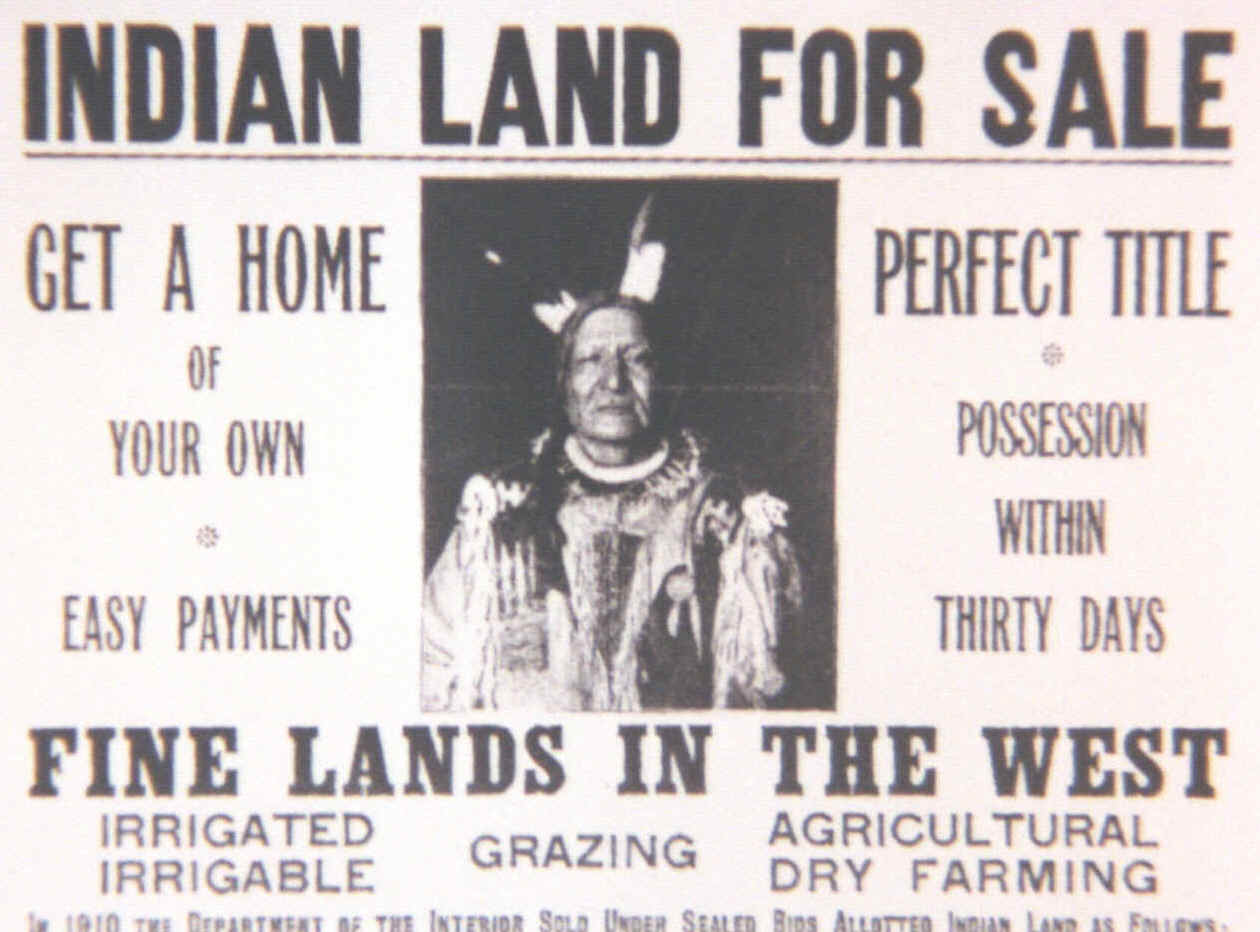|
Founded on the principle that
readers should be provided illustrations of the events reported, Frank
Leslie's newspaper was published from 1855 through 1922. Its
reputation was established by hard-news stories about the Civil War,
disasters like the 1860 sinking of the Lady Elgin and the Johnstown PA
flood of 1889, and presidential elections; but fluff stories on mental
psychics, and promotional pieces for various western cities looking for
colonists, and reports on government projects carried the publication.
The cover of this
issue shows an Oglala Sioux girl with a pale complexion who has returned
home to Pine Ridge in the Dakotas for a visit from Carlisle Indian
School in PA. Her image demonstrated to the American reading
public that the American Government's effort to "civilize" Indians
by incarcerating the children in the new Indian boarding schools was
working to turn out happy admirable Indians indistinguishable from
Whites. Notice that she is shown trying to keep her skin pale by
using a parasol. |


